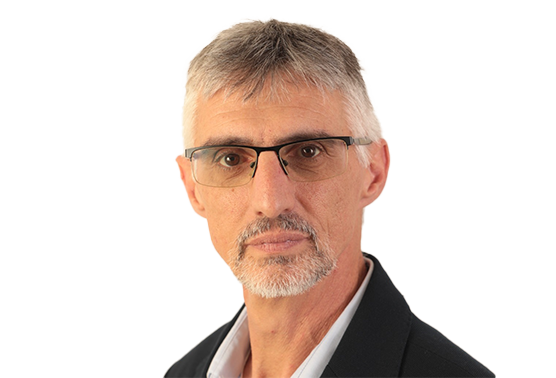Iran poses a series of long term and short term challenges to Israel. On the strategic level, the nuclear program and its ramifications is at the foreground, alongside the advanced missile program, both of which constitute a major strategic threat to Israel’s national security.
In the regional arena, Iran has, over the past decade, consolidated and deepened its presence and influence in Iraq, Syria, Lebanon, the Gaza Strip, and Yemen. The focus for the coming years will be Israel’s need to contend with Iran’s continued entrenchment in Syria and Lebanon and the potential for direct confrontation between them in these arenas. In parallel, there are indications that an Iranian threat could emerge from the territory of western Iraq, by arming Iraqi, pro-Iranian militias with surface-to-surface missiles.
For a deeper understanding of the challenges Iran poses to Israel, the Iran research field monitors its nuclear, regional, and international activities, as well as developments in the internal arena and their implications for the political balance of power in the Iranian regime. In addition, given the central role played by the Supreme Leader, the Iran research field also analyzes the implications of events on the succession process expected following the current leader’s departure.
All these fields of interest constitute the basis for ongoing research, as well as for policy recommendations that are proposed to the senior political echelon. The Iran research field maintains ties with leading research institutes around the world, conducts simulations with Israeli and foreign entities, maintains regular brainstorming forums with experts from the academic and governmental community, and conducts regular briefings for foreign diplomats serving in Israel, as well as for journalists from Israel and abroad.
Subtopics
Nuclear and Military Programs | The International Arena | The Regional Arena | Internal Affairs | The Israel–Iran War







